During the Spring 1975 General Offensive and Uprising of our army and people, reporters from Vietnam News Agency and Liberation News Agency were present on all information fronts, promptly reporting news and images of each liberated region from the Central region, the Central Highlands to the Southeast and the Mekong Delta.
The information soldiers were filled with enthusiasm and belief in victory, following each wing of the liberation army, entering Saigon in the final battle.
Wherever victory is, news is spread.
Following the large support delegation in March 1973, from late 1973 to early 1975, Vietnam News Agency continued to send additional delegations of technicians and telegraph operators to support the Liberation News Agency.
During this historical period, Vietnam News Agency considered supporting the South as its own flesh and blood, and supporting the Liberation News Agency as its sacred duty.
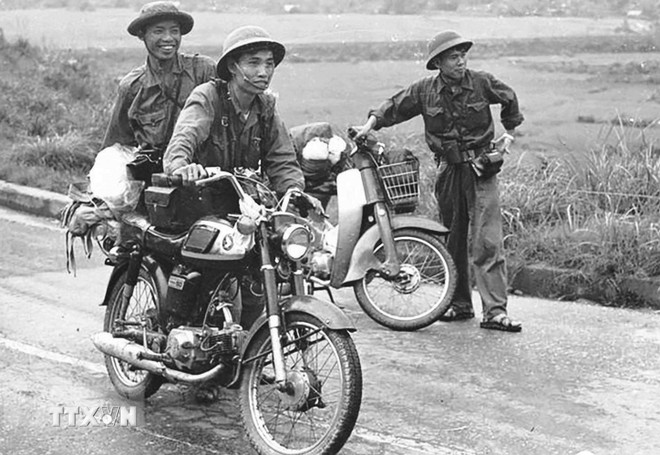
In March 1975, journalist Tran Mai Huong, former General Director of Vietnam News Agency, a student at the National Economics University, applied to join the Vietnam News Agency reporter group at the Tri Thien front.
He himself did not expect that the trip would turn into a journey across the length of the country, ending at noon on April 30, 1975 at the Independence Palace.
During his journey of traveling and writing, journalist Tran Mai Huong does not remember how many roads and fronts he has traveled, how many articles and photos he has completed, but he is proud to be one of the earliest reporters to be present, promptly reporting on the liberation of strategic fronts.
“After a night of marching from Quang Tri to Hue, early that morning, I walked around the city and arrived at Phu Van Lau around 10 o'clock, put my backpack on the steps, took out my notebook and pen to write the article "Hue, the red flag flies."
The article was completed in 45 minutes, just in time to send the car to Quang Tri - where there was a radio station to broadcast the news. After that, I was also the one who wrote the first article about our army liberating Da Nang. The news was small but had great significance because after Hue and Da Nang, everyone felt that the day of liberation of the South was very close," journalist Tran Mai Huong recalled.
When the Central Highlands and Southeast fronts were liberated one after another, journalist Hoang Dinh Chien was closely following the Propaganda Department of the Regional Command, continuously writing news and commentaries on the daily developments of the war.
When Xuan Loc was liberated and received information that “A puppet anti-war pilot, after flying an F5 to bomb the Independence Palace and Nha Be fuel depot, landed safely in the liberated zone,” journalist Hoang Dinh Chien, who was in Ta Thiet (Loc Ninh, Binh Phuoc), received instructions to quickly write a commentary, “A patriotic and timely action.”
That afternoon, when the news was read on the radio, Lieutenant Colonel Ngo The Ky "rewarded" him with a pack of Thang Long cigarettes with the compliment: "You're good!"
At the Tay Ninh “R” base, from the beginning of April 1975, the situation became urgent. On the morning of April 6, 1975, journalist Tran Thanh Xuan, Director of the Liberation News Agency, summoned journalist Nguyen Thanh Ben and four other members to establish the first Liberation News Agency team to go to the streets of Saigon to collect information, record and reflect the situation, and encourage the fighting spirit of our army and people.
“Wherever we marched, news reporters took the opportunity to take notes and record the situation; photo reporters took the opportunity to open and close their lenses to record every precious moment because time and events… are things that “will never return.” In each major battle, as soon as the gunfire stopped and the troops were still on the march and had not yet returned to base, news from the Liberation News Agency was broadcast, and the Liberation Radio announced the victory, exciting the hearts of the soldiers and people across the country,” journalist Nguyen Thanh Ben proudly recounted.
With the spirit of “The electric wave never stops,” Liberation News Agency and Vietnam News Agency reporters still maintain working sessions to ensure smooth communication in all situations, whether fighting a sweep or on the way to the base.
Side by side in every step army
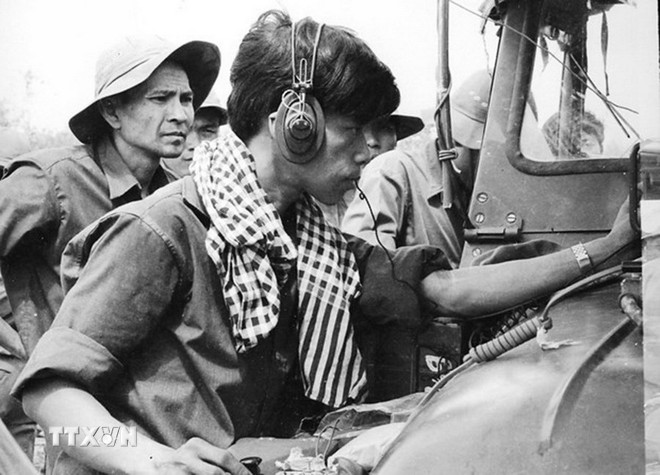
Preparing for the historic Ho Chi Minh Campaign, the Liberation News Agency deployed its troops. With careful preparation in all aspects, from personnel to necessary equipment, the News Agency troops fought side by side with the main forces, together with our army and people, into the final battle - liberating Saigon, liberating the South, and unifying the country.
The first wing consisted of many spearheads, going ahead with the army to liberate Saigon and the southern provinces. Many reporter and telegraph teams were quickly established, urgently following the combat units to the battlefield, and together with the army, deploying spearheads to encircle Saigon.
When the general offensive entered the decisive moment, the Liberation News Agency continued to send many war correspondent teams to the localities, especially the provinces neighboring Saigon, according to the Central Propaganda Department of the Southern Office (codename Group 14), which was the first "deep thrust" from the Northwest towards Saigon.
The Liberation News Agency information team, including journalist Bui Thanh Liem, photojournalist Nong Quang Khanh and three other reporters, were assigned to follow the 232nd Corps of the West-Southwest front, commanded by Senior Lieutenant General Nguyen Minh Chau (Nam Nga), to Saigon.
Journalist Bui Thanh Liem still remembers very clearly the journey of those April days exactly 50 years ago. He recounted that to follow this campaign, most of the reporters had to march at night, operating in complex terrain.
Because the terrain of the southwestern provinces is crisscrossed with rivers, tanks and artillery are difficult to move, so in addition to their personal belongings, the Liberation News Agency reporter team had to carry on their shoulders receivers and generators, and cross countless swamps to reach Saigon.
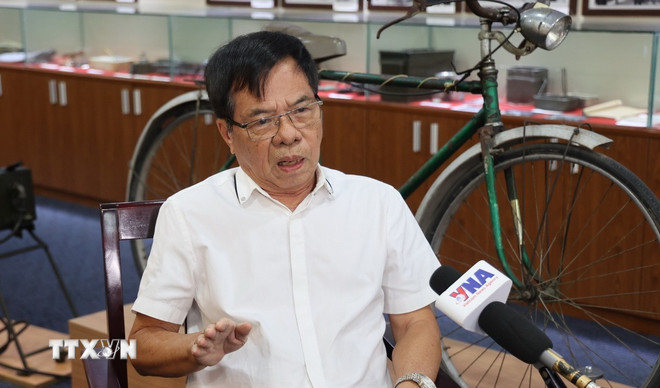
On April 28, the team approached the Vam Co Dong River. The goal of the 232nd Corps was not to enter the Independence Palace, but to destroy the General Police Department and the Phu Lam Information Center of the Republic of Vietnam - the largest center in the South (now District 6).
Then, this army marched hastily to the Mekong Delta, stationed in Tan An, and defended there to block the enemy's retreat.
The second wing was also the main wing, codenamed Group H3, including editors, reporters, technicians, and telegraphers, forming a fairly complete framework, following the large group of the Central Propaganda Department preparing to take over Saigon.
Reporters and photographers were divided into groups, given instructions and suggestions on topics. Each person was given a map of Saigon city marked with important enemy positions and given the shortest route from all directions straight to the Independence Palace.
On April 2, 1975, a delegation including reporters Van Bao, Lam Thanh, Pham Vy, Tran Mai Hanh, Nguyen Huu Chi, radio engineer Pham Loc, telegrapher Cao Xuan Tam, and three drivers Phi Van Suu, Pham Van Thu, Dao Trong Vinh, led by Editor-in-Chief Dao Tung, entered the battlefield to coordinate with the Liberation News Agency to report news and photos about the victory of our army and people.
On April 7, 1975, the reporter, news and technical team led by journalist Nguyen Thanh Ben loaded all the machinery, radio, food and tools and departed from Xa Mat-Tay Ninh to the liberated area of Thanh An (Thu Dau Mot-Binh Duong).
The team continuously traveled day and night, wading through many fields to avoid enemy posts and scouts. Arriving in Cu Chi, the team members witnessed the fierceness and intensity of the war when "every time they turned their feet, there were 3 pieces of bombs and bullets," but the people were all steadfast, true to the name "The Land of Steel."
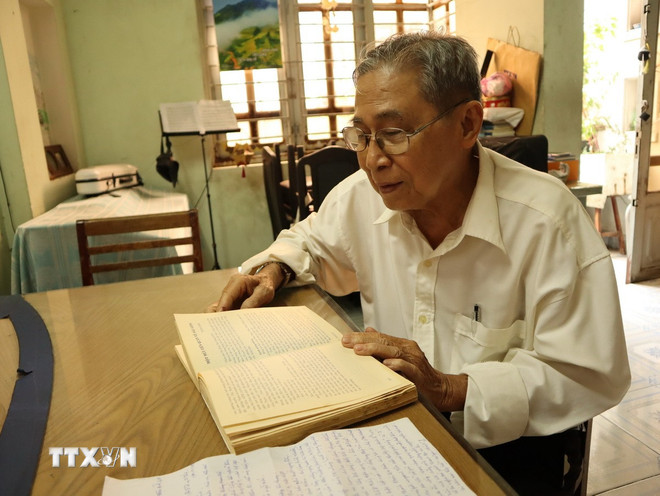
According to journalist Nguyen Thanh Ben, in mid-April 1975, news of victory and liberation poured in from all over the Southwest and Southeast. The system of American-puppet outposts and strongholds was continuously destroyed. The liberated areas were connected. Taking advantage of the victory, our troops shortened the route to Saigon.
“From April 18 onwards, the closer we got to Saigon, the stronger the enemy counterattacks became. Our “flag-lit, trumpet-drum-filled” group had to stick close to the troops to preserve our strength. The way we marched also changed, we would rest during the day and travel at night. Our military camp was now in this bud forest, tomorrow in that fruit garden, sometimes in a tobacco field, sometimes hiding under a coconut leaf cutting to cling to the terrain and conceal our troops. Each person had to dig their own trenches to take shelter and be ready to fight the enemy’s sweeps,” journalist Nguyen Thanh Ben recalled of the days of entering the center of the Saigon puppet government.
On April 29, 1975, Director of the Liberation News Agency Tran Thanh Xuan carried out the "speed" order, directly leading a group of reporters and technical staff from base "R" to rush to Saigon to witness and record the historic moment: the great victory of the Ho Chi Minh Campaign, the collapse of the Saigon Government.
On the morning of April 30, 1975, the spearhead team of Vietnam News Agency including reporters Vu Tao, Dinh Quang Thanh, Hua Kiem, Tran Mai Huong, Ngoc Dan, Hoang Thiem, driver Ngo Binh, and telegrapher Le Thai followed the 2nd Army Corps from Dong Nai, crossed the Dai Han Highway bridge and entered the last stronghold of the Saigon government./.
Lesson 1: The "unique" force is ready for the day of victory
Lesson 3: Witness of Victory Day
Source: https://www.vietnamplus.vn/nhung-chien-sy-thong-tin-sat-canh-trong-tung-mui-tien-cong-huong-ve-sai-gon-post1034455.vnp


![[Photo] General Secretary concludes visit to Azerbaijan, departs for visit to Russian Federation](https://vphoto.vietnam.vn/thumb/1200x675/vietnam/resource/IMAGE/2025/5/8/7a135ad280314b66917ad278ce0e26fa)

![[Photo] President Luong Cuong presents the decision to appoint Deputy Head of the Office of the President](https://vphoto.vietnam.vn/thumb/1200x675/vietnam/resource/IMAGE/2025/5/8/501f8ee192f3476ab9f7579c57b423ad)
![[Photo] General Secretary To Lam begins official visit to Russia and attends the 80th Anniversary of Victory over Fascism](https://vphoto.vietnam.vn/thumb/1200x675/vietnam/resource/IMAGE/2025/5/8/5d2566d7f67d4a1e9b88bc677831ec9d)
![[Photo] Prime Minister Pham Minh Chinh meets with the Policy Advisory Council on Private Economic Development](https://vphoto.vietnam.vn/thumb/1200x675/vietnam/resource/IMAGE/2025/5/8/387da60b85cc489ab2aed8442fc3b14a)
![[Photo] National Assembly Chairman Tran Thanh Man chairs the meeting of the Subcommittee on Documents of the First National Assembly Party Congress](https://vphoto.vietnam.vn/thumb/1200x675/vietnam/resource/IMAGE/2025/5/8/72b19a73d94a4affab411fd8c87f4f8d)
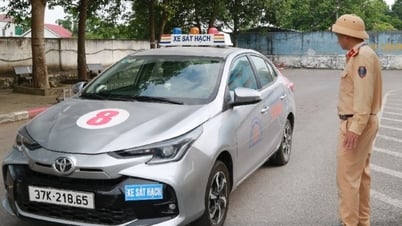
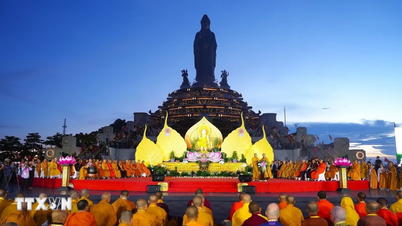
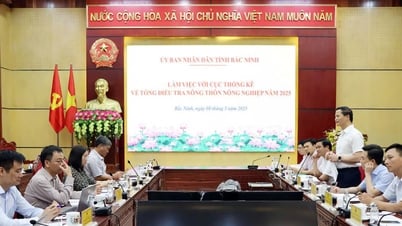
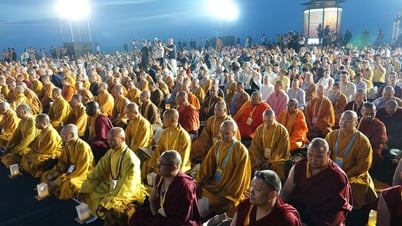

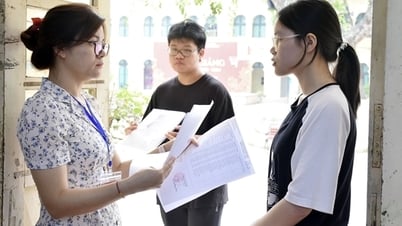




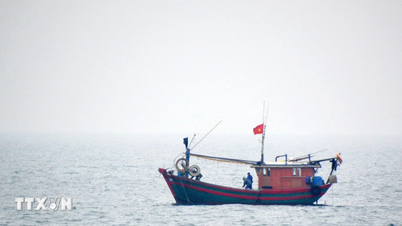
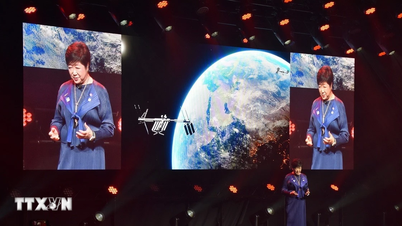
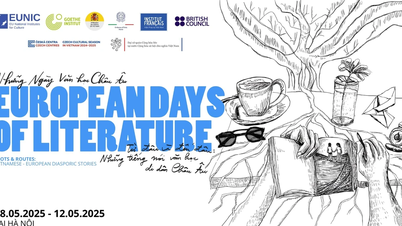


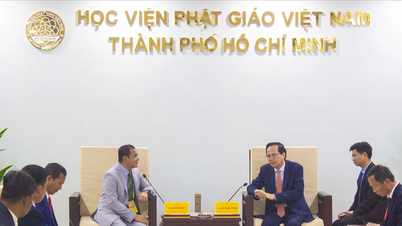































![[Photo] Prime Minister Pham Minh Chinh talks on the phone with Singaporean Prime Minister Lawrence Wong](https://vphoto.vietnam.vn/thumb/402x226/vietnam/resource/IMAGE/2025/5/8/e2eab082d9bc4fc4a360b28fa0ab94de)












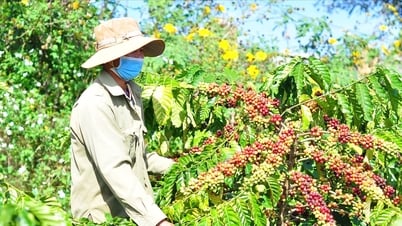

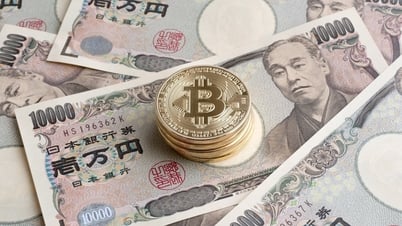
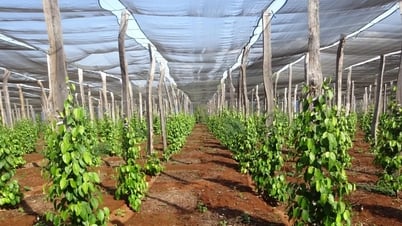
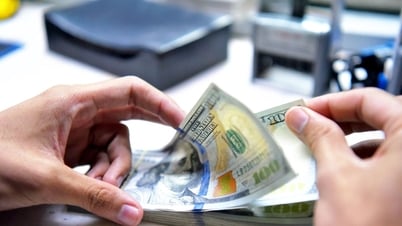
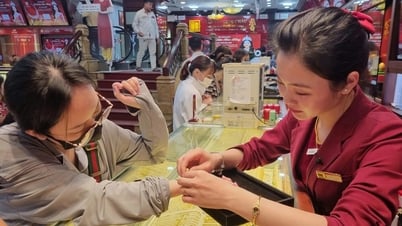
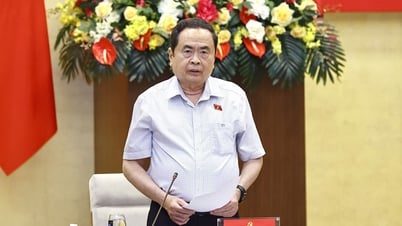












Comment (0)